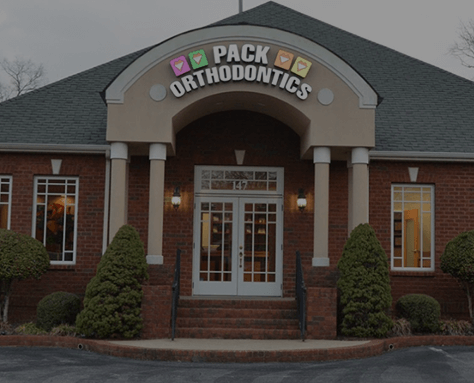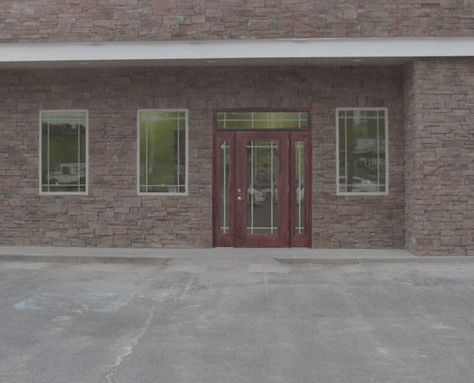What Candy Can You Eat With Braces?
October 1st, 2025

For people with braces, the upcoming spooky season poses a great question: "Can I eat candy?"
The good news is yes – you can! However, your options are limited, as some types of candy can damage your braces and the enamel on your teeth.
What candy is safe to eat?
The best candy to eat with braces are those that are soft and melt easily. Here’s a few options:
- Plain chocolate
- Peanut butter cups
- Marshmallows
- Peppermint patties
- M&Ms
These sweets pose little harm to braces and are relatively easy to clean off your teeth.
What should I avoid?
When you have braces or any orthodontic appliance, you should avoid candy that is sticky, chewy, or has hard pieces like nuts. Here are some to look out for:
- Caramel
- Almond Joys
- Taffy
- Jelly beans
- Skittles
- Jolly Ranchers
Often, these types of candy can pull at brackets and wires and potentially dislodge them, prompting an extra visit to the orthodontist.
Keep your teeth healthy while enjoying those seasonal sweets!
While you don’t have to count candy out when you have braces, you should still take a few precautions to keep your teeth healthy:
- Use a proper hygiene routine: Make sure to brush for two minutes twice daily, floss at least once a day, and rinse with a mouthwash.
- Choose moderation: Even if you are properly brushing and flossing, eating too much candy can increase the risk of it accumulating around your braces, leading to permanent white marks (decalcification), cavities, or gum disease (gingivitis). So, always be sure to enjoy candy in moderation!
As always, if you have any questions (about candy or otherwise), feel free to contact our office and we will be happy to answer them!







